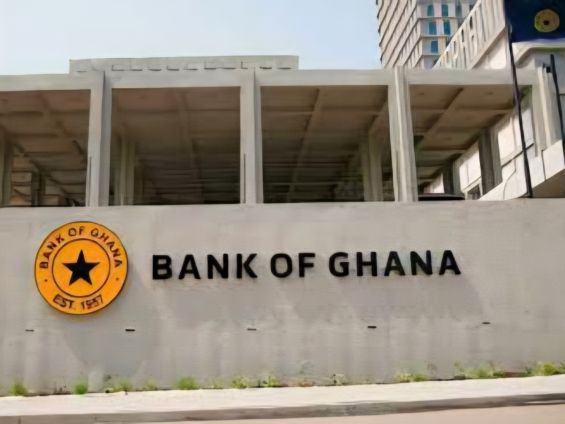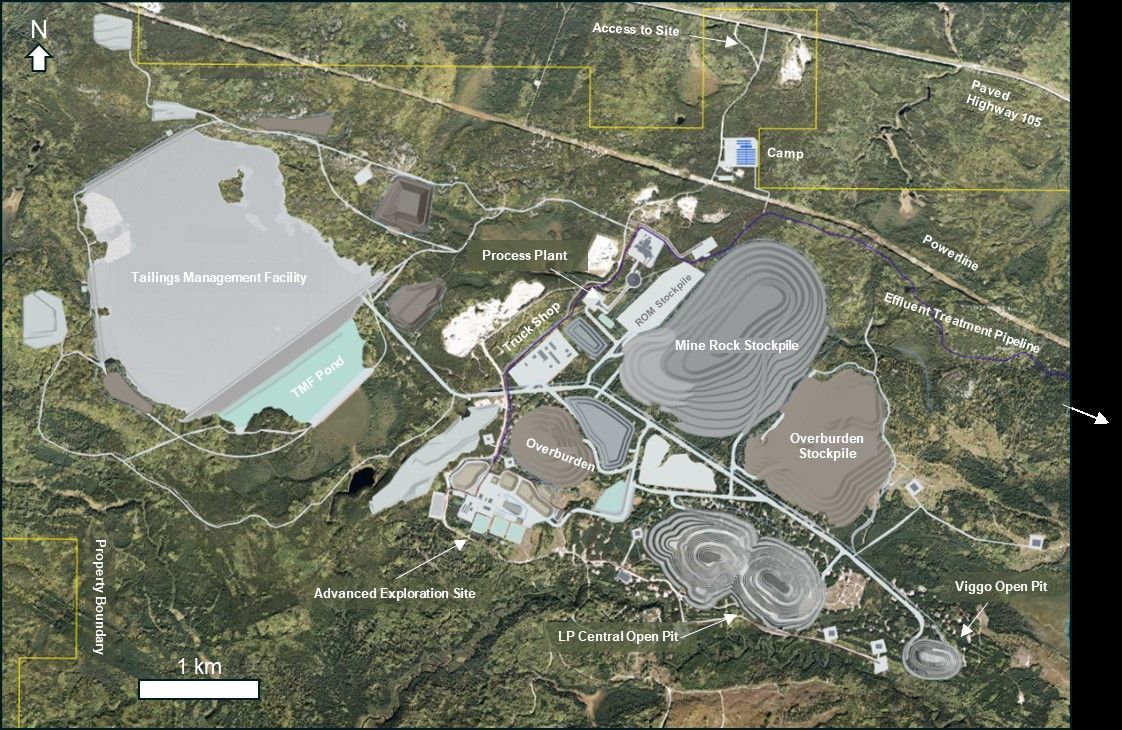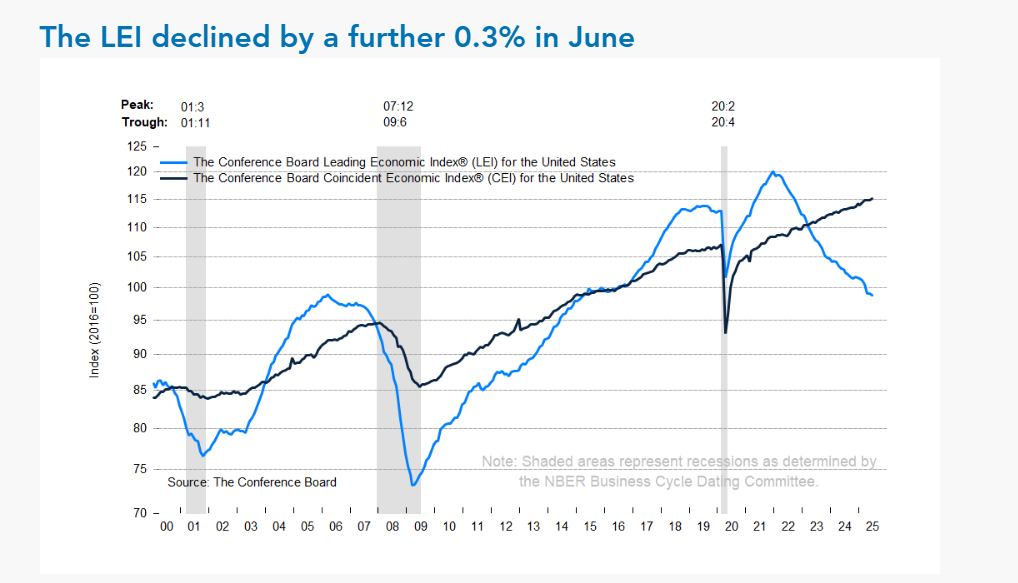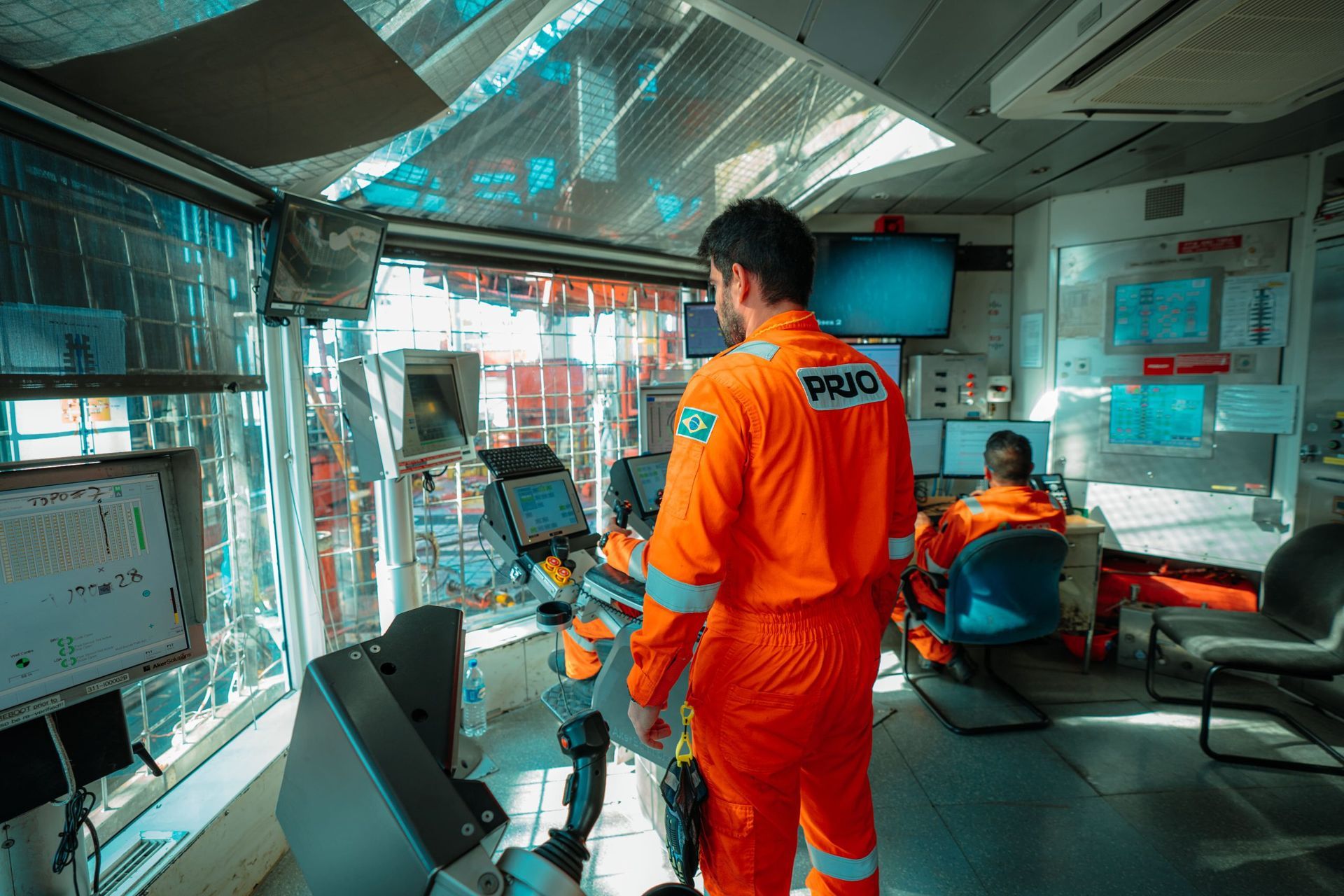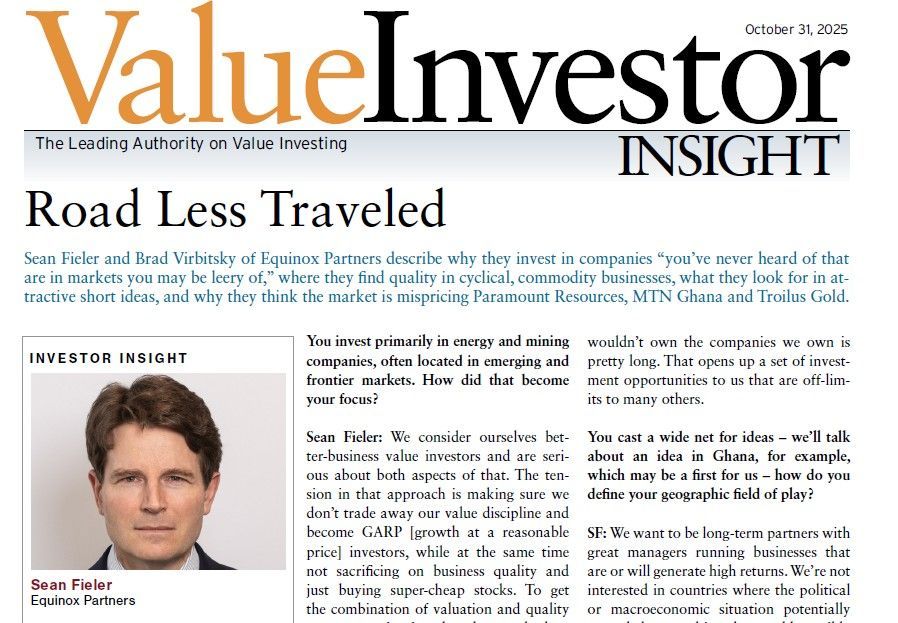Kuroto Fund, L.P. - Q2 2006 Letter
Dear Partners and Friends,
Managing Liquidity and the Launch of the “Equinox Illiquid Fund”
The reduction in global stock market liquidity during the late spring downturn restricted our ability to add to our best ideas at bargain prices and reminded us of just how quickly trading volume can dry up when markets fall. Our difficulty buying meaningful amounts of our favorite stocks at the short-lived market bottom proved modestly frustrating. Had, however, we been forced sellers as opposed to opportunistic buyers during this period, our frustration would have been more than modest.
Smaller, less liquid stocks are more apt to be significantly misvalued than large easily-traded ones. Accordingly, the maintenance of sufficient liquidity in Kuroto often conflicts with the maximization of the fund’s long-term absolute performance. In recognition of this trade-off, we closed Kuroto to all new capital over a year ago. At the fund’s current size, we have been able to maintain a focused portfolio of superior, under-valued businesses as well as an acceptable level of liquidity.
The investment time horizon of our client base has always been a significant structural advantage for the Kuroto Fund. Because of your long-term absolute return focus, we don’t waste our time trying to manage short-term performance, and we don’t keep an unnecessary level of liquidity in the fund. Despite our confidence in our limited partners’ long-term perspective, we remain generally concerned about the unrealistic return expectations of hedge fund investors and the possibility of a rapid flight of capital from hedge funds and their intermediaries. Should such a scenario arise, our authority to determine the cash/security composition of redemptions as well as our avoidance of the most illiquid ideas will have proven wise precautions.
Over the years, we’ve been gradually raising the bar when it comes to acceptable size and liquidity of new investments. While this process has been necessary to maintain a sufficiently liquid and concentrated portfolio, it has resulted in our passing over some exceptional investment opportunities. To capture more of these small but attractive opportunities going forward, we’ve decided to launch a new fund, Equinox Illiquid Fund. This fund, a hybrid fund of funds/hedge fund without the double layer of fees, will allow us to leverage relationships we have with experts in specific, opportunity-rich market niches around the world, while placing a minimal incremental burden on our scarce time and resources. The initial sectors for investment will be illiquid stocks in Brazil, South Korea, Africa and mining. This portfolio will have long-dated redemption terms, such as a two year lock-up and a one year redemption notice. Whenever possible, the submanagers, not us, will be making the decisions to buy and sell. We believe this strategy will produce excellent, risk-adjusted absolute returns for the patient investor, albeit on a relatively small amount of capital. Those interested in investing in Equinox Illiquid Fund should contact Imaan Kabir at (212) 832-1290.
Asian Financials
Considering the performance of the region’s banks during the Asia Crisis, it is not surprising that at the first hint of economic distress equity investors in Asian lenders run for the hills. We, however, have done the exact opposite in this recent sell-off and increased our bank exposure. With the notable exception of Mainland Chinese banks, still a disaster waiting to happen, most banks in the region are run far better today than they were in the mid-1990s. While the post Asia Crisis improvement in the region’s banks is largely the result of a lesson learned the hard way -- bankers in Asia no longer live under the pre-crisis illusion that bad loans can forever be ignored -- the increased level of regulatory vigilance as well as the injection of new capital, new owners and new managements have also played key roles in the industry’s turnaround.
Of the aforementioned changes, the most interesting from an investment perspective involves the change of management and ownership, which is why Kuroto has been busily researching Asian banks that have changed hands recently. The value of a solid banking franchise with good long-term growth prospects is significant enough that a surprising number of acquisitions have been completed despite Asia being a very difficult place to effect a control transaction. It is hard to fully describe the difficulties that many acquirers have endured to consummate these purchases. Some acquirers have even ended up bending their own rules to the point that post acquisition they are unable to make necessary changes to the bank that they’ve purchased, e.g. agreeing to keep on too many redundant employees, taking on too many bad assets, or, worse still, assuming control of a corporate culture that they don’t have the ability to change.
A change of management and ownership, while often an essential part of a bank turnaround, is certainly no panacea. Some acquirers, the Singapore banks for example, have taken too much of a hands-off approach to their new acquisitions, while other new owners, especially Westerner banks, have tended to try to do too much too soon. Even when reform is implemented at the right pace, a qualified acquirer with a sound strategy will often take several years to turn a banking franchise around.
The post acquisition delay between the implementation of reforms and the point at which the full benefits of those reforms surface can create an excellent investment opportunity. During this period of significant structural change, the market tends to lose interest or fails to understand the significance of what is being done because the acquired bank’s profitability and operating ratios often don’t respond immediately. The efficiency ratio, for example, may not really start to improve until year three or four after a change of control or management. Severance payments can drag out for years, and proper systems take time to build. This lack of transparency during the initial years of a restructuring presents a great opportunity for prospective investors willing to do more detailed work, because under close examination the improvements are almost always clearly visible. When a well managed acquirer pulls off a successful restructuring of a formally troubled Asian bank, the rewards can be more than worth the trouble. As we’ve seen first hand, an experienced multinational management team with the backing of a strong owner can be truly transformative, improving everything from underwriting discipline and operating efficiency to strategic focus and capital allocation.
Administrative
Our portfolio’s extremely low turnover can make it difficult for us to maintain good working relationships with the brokerage houses that cover us. In the fist half of this year, for example, Kuroto Fund L.P. paid just fifteen basis points commissions to the sell-side. To maintain these important research relationships, we will make hard dollars payments to some key sell-side firms in the future.
On 1 January 2007, Olympia Capital will assume administrative duties for our funds. While Olympia’s services are a little more expensive than our current arrangement, we believe the improved timeliness and accuracy of our reported figures will more than compensate for the two additional basis points of cost that Kuroto Fund will incur on an annual basis.
On August 23rd, Equinox Asset Management LLC claimed an exception from registration as a commodities pool operator. We claimed this exemption, so that Equinox Partners and Kuroto Fund could, if we deem it appropriate, take positions in futures contracts and options on futures contracts.
Sincerely,
Sean Fieler
William W. Strong


